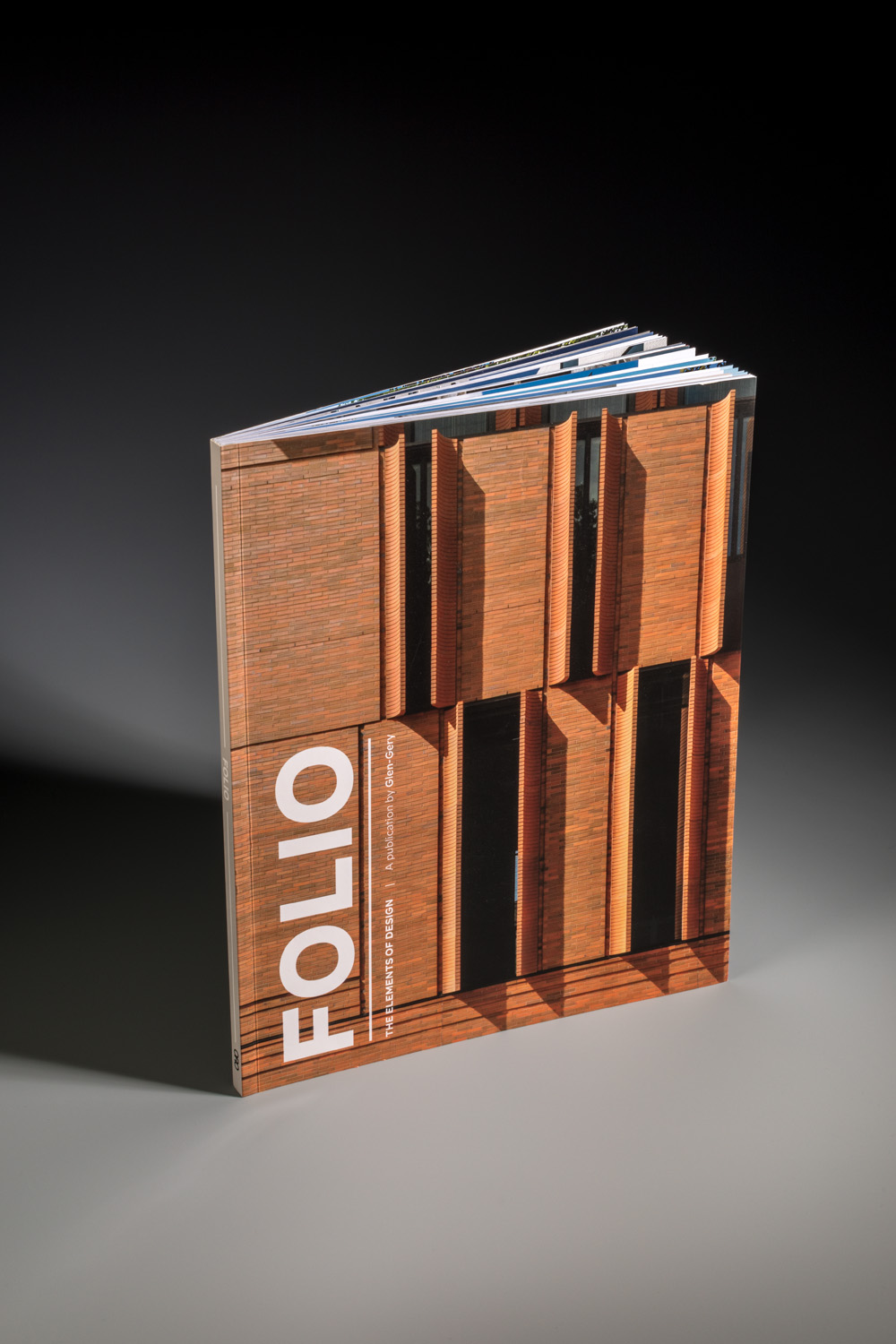

Nighttime movie lighting can be a balance that you need to find as well between a realistic scenario and something that you can still see.” Hurgon worked closely on set with Kölsch and Widmyer, Cinematographer Laurie Rose ( Stan & Ollie) and Production Designer Todd Cherniawsky ( Splice) to make sure that the visual effects could be integrated with the lighting and photography.Ī lot of photogrammetry was taken of the sets and locations in order to reconstruct those environments digitally. “You need to have some nuance and depth in the environments.

“A lot of detail has to be suggested in there because you don’t want a dark black frame,” states DiCarlo. Nighttime scenes have advantages and disadvantages. We took all of that and did some concept work which was sent back to them, had a dialogue, and eventually got to final version.” Stephen King had written some clear descriptions of what some of these environments should look like.

“They sent us some concept art, real-world reference and some pages from the original novel. “As Kevin and Dennis got into the editing of the film, we got a comprehensive brief on things,” explains DiCarlo. No previs or postvis were created for the production because there was not a lot of CG character animation. It was interesting because we were trying to find a balance between this creepy supernatural world and photo-realistic live-action visual effects.” The bigger effects were environment builds for the forest and burial ground which were a mix of 3D and 2.5D. We fixed a few continuity issues and made them more or less gory in a few places. “It actually ended up not requiring very much work. “When starting the project, we expected a lot of work to do on the cat, which is one of the main characters,” notes DiCarlo.


 0 kommentar(er)
0 kommentar(er)
